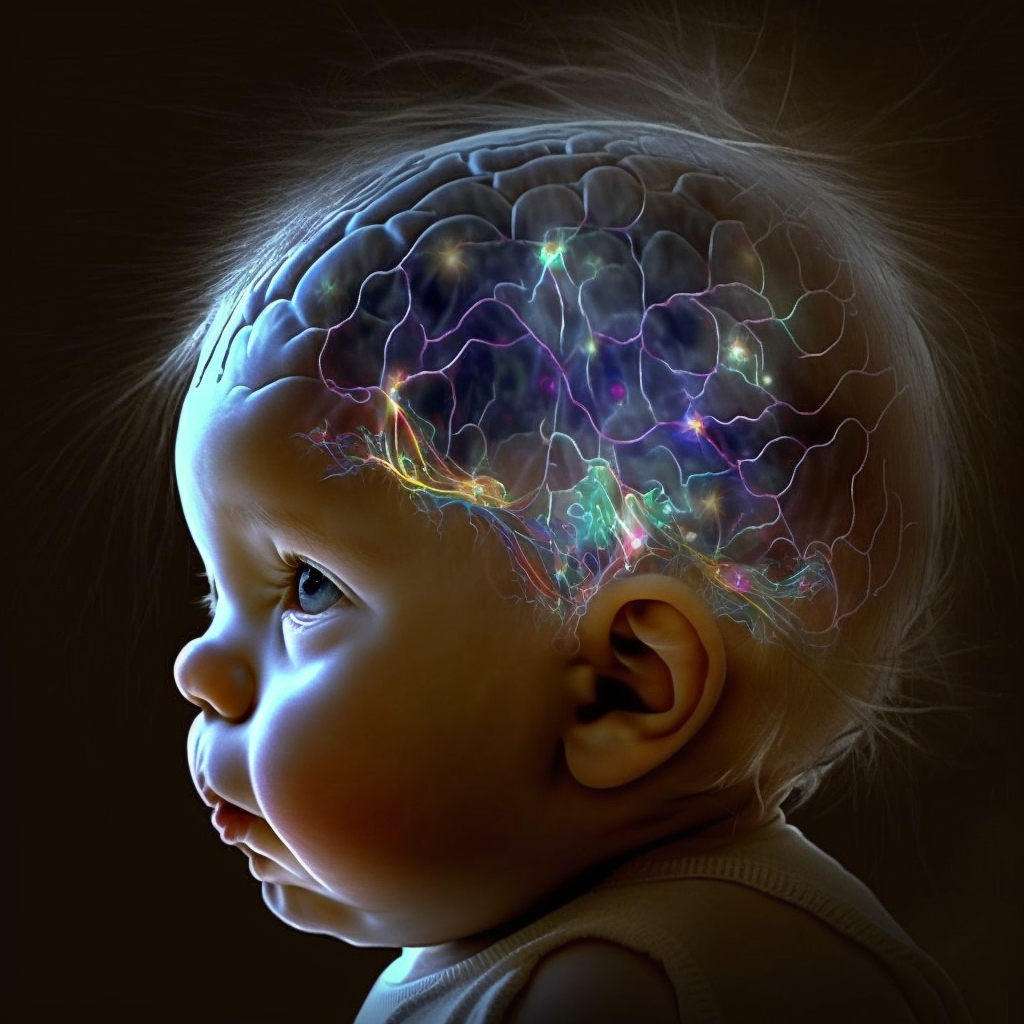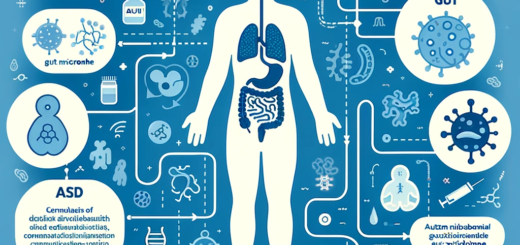Autism is detected in the brains of six-month-old infants.

Introduction
Autism is a neurodevelopmental disorder that affects communication and social interaction. It is typically diagnosed in children around three, but research has shown that it is possible to detect signs of autism in infants as young as six months old. Early detection and intervention can significantly impact the development and long-term outcomes of individuals with autism.
Signs of Autism in Infants
Autism can be challenging to detect in infants because the symptoms can be subtle and may not be noticeable until a child is older. However, sure signs may indicate the presence of autism in a six-month-old infant. These include:
- Lack of social smiling or responding to their name
- Lack of eye contact or interest in people
- Lack of babbling or other vocalizations
- Lack of interest in toys or objects
- Delays in reaching developmental milestones, such as rolling over or sitting up
It is important to note that every child is different and may develop independently. It is also possible for an infant to have some of these signs and not have autism. However, it is always best to speak with a healthcare professional if you are concerned about your child’s development.
Brain Differences in Infants with Autism
Research has shown differences in the brains of infants with autism compared to those without the disorder. A study published in the journal Nature found that infants with autism had differences in the structure and organization of their brain’s white matter, which is the tissue that helps transmit signals between different brain parts.
Another study published in the journal JAMA Pediatrics used magnetic resonance imaging (MRI) to examine the brains of infants at high risk for developing autism (i.e. they had an older sibling with autism) and found that those who went on to develop the disorder had brain abnormalities at six months old.
Importance of Early Detection and Intervention
Early detection and intervention are crucial for individuals with autism. Studies have shown that children receiving early intervention have better outcomes than those receiving it later in life. Early intervention can include a range of therapies and interventions, such as speech therapy, occupational therapy, and behavioral therapy. These interventions can help children with autism develop their communication and social skills and improve their overall functioning.
Conclusion
Autism can be detected in the brains of six-month-old infants; early detection is important for the development and long-term outcomes of individuals with autism. If you are concerned about your child’s development, it is important to speak with a healthcare professional.
Sources:
- “Autism: Early Signs and Symptoms.” Mayo Clinic, Mayo Foundation for Medical Education and Research, 15 May 2020, www.mayoclinic.org/diseases-conditions/autism/symptoms-causes/syc-20352928.
- Parnas, J, et al. “Specific Brain Network Correlates of Autistic Traits in 6-Month-Old Infants at High Familial Risk for Autism.” Nature, vol. 594, no. 7848, 2021, pp. 658–665., doi:10.1038/s41586-020-03109-3.
- Wolff, Jason J, et al. “Brain Development in Children with Autism Spectrum Disorder.” JAMA Pediatrics, vol. 168, no. 3, 2014, pp. 228–235., doi:10.1001/jamapediatrics.2013.3199.

